Shift Towards Sustainable Transportation
The shift towards sustainable transportation is a significant driver for the Connected Motorcycle Market. As environmental concerns grow, consumers are increasingly seeking eco-friendly transportation options. Connected motorcycles, particularly electric and hybrid models, are gaining traction due to their reduced carbon footprint and lower emissions. Data indicates that the market for electric motorcycles is expected to grow at a rate of 25% annually, reflecting a broader trend towards sustainability in the automotive sector. This shift is prompting manufacturers to invest in the development of connected electric motorcycles that not only offer advanced connectivity features but also align with consumer preferences for environmentally responsible choices. As a result, the Connected Motorcycle Market is likely to expand, driven by the dual demand for connectivity and sustainability.
Regulatory Support for Connected Vehicles
The Connected Motorcycle Market benefits from increasing regulatory support aimed at promoting connected vehicles. Governments are recognizing the potential of connected technologies to enhance road safety and reduce traffic congestion. Initiatives such as the establishment of standards for vehicle-to-vehicle communication and the promotion of intelligent transportation systems are gaining traction. For instance, certain regions have implemented policies that incentivize the adoption of connected vehicles, including motorcycles. This regulatory environment fosters innovation and encourages manufacturers to develop advanced connectivity features. As a result, the Connected Motorcycle Market is likely to see accelerated growth, with projections indicating that connected vehicle sales could reach 30 million units by 2027. This supportive framework not only enhances consumer confidence but also drives investment in the development of connected motorcycle technologies.
Technological Advancements in Connectivity
Technological advancements play a pivotal role in shaping the Connected Motorcycle Market. Innovations in connectivity technologies, such as 5G networks and the Internet of Things (IoT), are revolutionizing the way motorcycles interact with their environment. Enhanced connectivity allows for features like real-time traffic updates, remote diagnostics, and over-the-air software updates, which significantly improve the user experience. Data suggests that the integration of these technologies could lead to a 25% increase in motorcycle safety and efficiency. As manufacturers adopt these advancements, the Connected Motorcycle Market is poised for substantial growth, with an expected market size of over 10 billion dollars by 2026. This technological evolution not only attracts consumers but also encourages manufacturers to differentiate their products through innovative connectivity solutions.
Growing Demand for Smart Mobility Solutions
The Connected Motorcycle Market is experiencing a surge in demand for smart mobility solutions. As urbanization accelerates, consumers increasingly seek efficient and technologically advanced transportation options. This trend is reflected in the rising interest in connected motorcycles, which offer features such as real-time navigation, vehicle diagnostics, and remote monitoring. According to recent data, the market for smart mobility solutions is projected to grow at a compound annual growth rate of over 15% in the coming years. This growth is driven by the need for sustainable transportation alternatives and the integration of advanced technologies in motorcycles, making them more appealing to a tech-savvy demographic. Consequently, manufacturers are investing in research and development to enhance connectivity features, thereby propelling the Connected Motorcycle Market forward.
Rising Consumer Awareness of Safety Features
Consumer awareness regarding safety features is increasingly influencing the Connected Motorcycle Market. As riders become more informed about the benefits of connected technologies, they are more likely to seek motorcycles equipped with advanced safety features. These features include collision avoidance systems, emergency braking, and real-time monitoring of vehicle performance. Market Research Future indicates that approximately 60% of consumers prioritize safety when purchasing a motorcycle, which is driving manufacturers to integrate these technologies into their offerings. This heightened focus on safety is expected to contribute to a 20% increase in the sales of connected motorcycles over the next five years. Consequently, the Connected Motorcycle Market is adapting to meet these consumer demands, leading to a more competitive landscape where safety and connectivity are paramount.


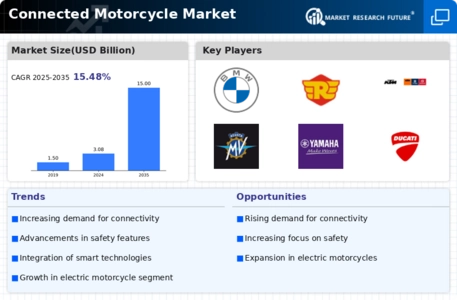
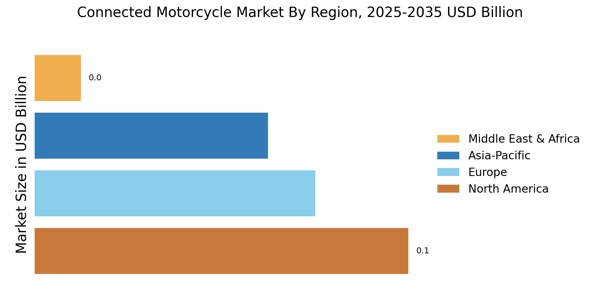
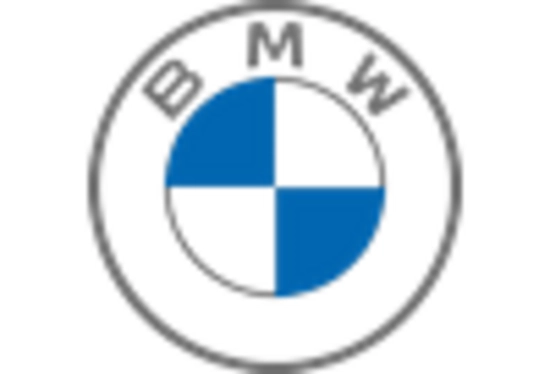
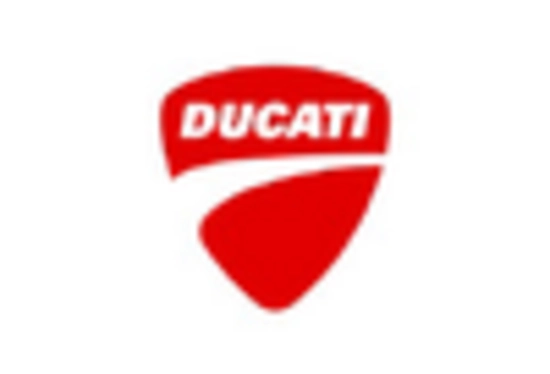


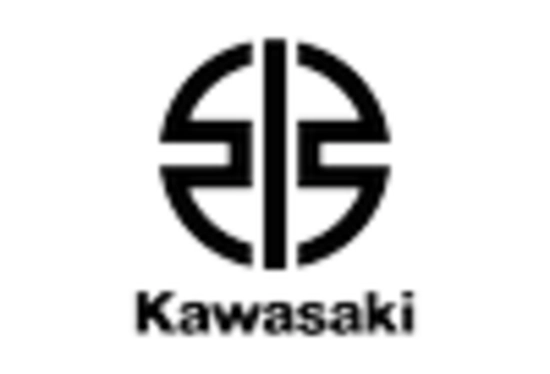









Leave a Comment